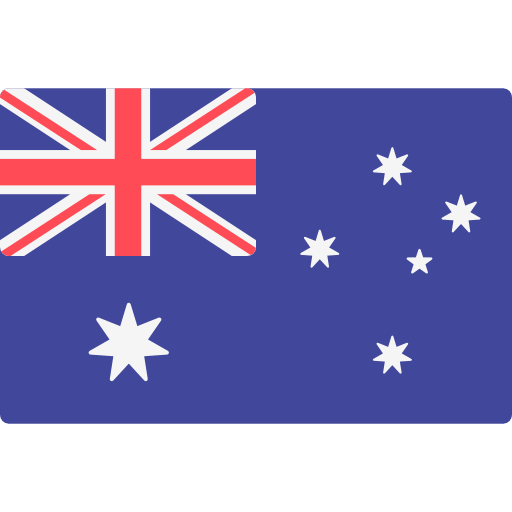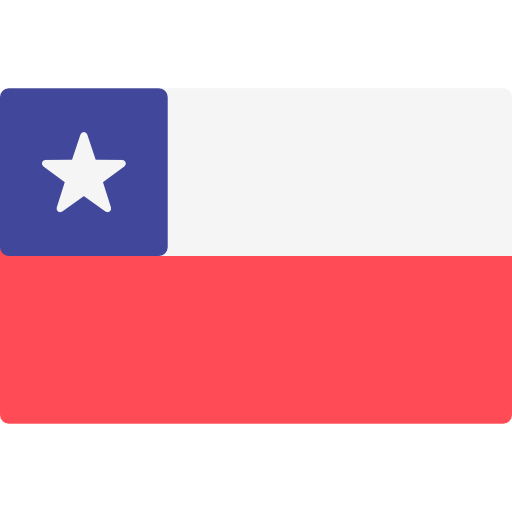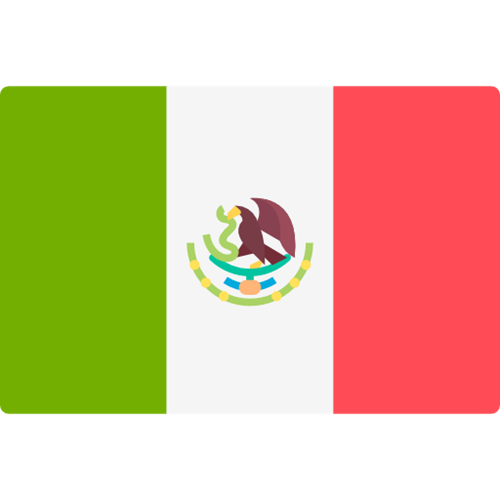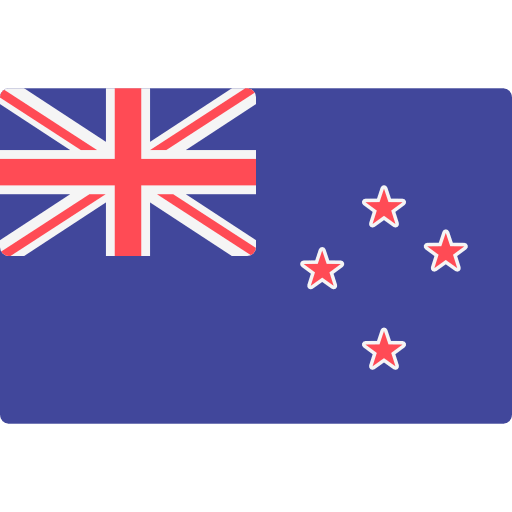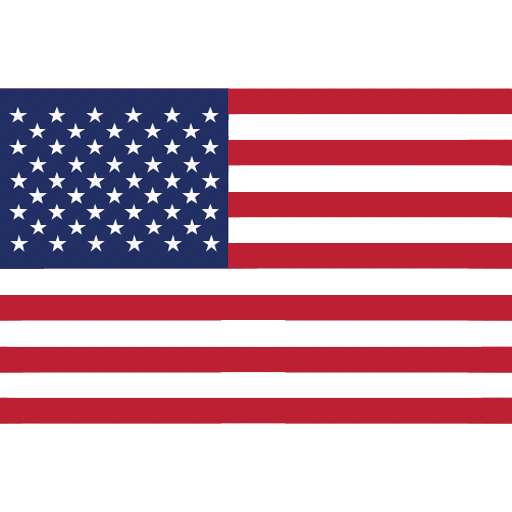Chemicals | Monthly bulletin | October 2025


New PFAS restriction for firefighting foams
On the 3th of October 2025, the European Commission published Regulation (EU) 2025/1988, which is an amendment to Annex XVII of the REACH Regulation (Regulation (EC) No 1907/2006). The regulation aims to restrict the use of per- and polyfluoroalkyl substances (PFAS) in firefighting foams across the European Union.
The new regulation establishes:
- A general ban on the use and placing on the market of PFAS-containing foams starting October 23, 2030, with a concentration limit of 1 mg/L for the total sum of PFAS.
- Temporary exemptions for critical sectors such as civil aviation, offshore oil installations, military and civilian vessels, and establishments covered by Directive 2012/18/EU, with transition periods of up to 10 years.
- Management obligations for users during the transitional period, including specific handling plans for PFAS-containing foams, containment measures, and proper waste treatment.
- Mandatory labelling for products and waste containing PFAS above the established concentration limit.
The Commission justified the measure as necessary to protect public health and the environment, and to prevent the substitution of PFAS with other equally hazardous variants. This regulation is part of the EU’s Chemicals Strategy for Sustainability and reinforces the European commitment to a toxic-free environment. It comes into effect on 23rd of October 2025.
New EU Regulation targets Dechlorane Plus as persistent organic pollutant
On the 25 of September 2025, the European Union added Dechlorane Plus to its legislation on Persistent Organic Pollutants (POPs), through Delegated Regulation (EU) 2025/1930, an amendment to Annex I of Regulation (EU) 2019/1021. It includes specific exemptions for intermediate uses and defined applications.
Dechlorane Plus, used in adhesives, polymers, textiles, plastics, consumer electronics, and medical equipment, will be regulated with strict limits as an unintentional trace contaminant (UTC): up to 0.1% until April 15, 2028, and 0.0001% from that date onward.
Temporary exemptions include medical applications, spare parts for vehicles, and medical devices, with deadlines extending to 2043 in some cases.
This move aligns EU legislation with the Stockholm Convention. The regulation enters into force on October 15, 2025.
ECHA to launch public consultation on PFAS restriction in spring 2026
On the 15th of September 2025, the European Chemicals Agency (ECHA) announced that it will open a public consultation in spring 2026 on the draft opinion of its Committee for Socio-Economic Analysis (SEAC) regarding the proposed EU-wide restriction of per- and polyfluoroalkyl substances (PFAS).
The draft opinion, expected to be agreed upon during SEAC’s March 2026 meeting, will assess the socio-economic aspects of the proposal, including the availability of alternative substances and technologies. The consultation will be open for 60 days and will allow stakeholders to submit relevant information through a structured questionnaire.
After reviewing the consultation feedback, SEAC is expected to adopt its final opinion by the end of 2026. This adoption will conclude a scientific evaluation by the ECHA committees of the proposed restriction as announced on 27 August 2025.
For more information, consult the ECHA website here.
ECHA launches consultation to identify substances of concern in packaging and packaging waste
On the 17th of September 2025, the European Chemicals Agency (ECHA) opened a public consultation to gather information supporting the development of a technical report under the new Packaging and Packaging Waste Regulation (PPWR), which has been in force since February 11, 2025.
The report aims to identify substances of concern found in packaging and packaging components, and to propose follow-up measures, including potential restrictions.
ECHA is seeking data on:
- Packaging materials and their uses
- Substances used in packaging
- Manufacturing and recycling processes
- Waste management technologies
Participants may submit confidential information, which will be treated accordingly by the contracted parties. Although the study focuses on the EU single market, non-EU stakeholders may also contribute if they hold relevant information. The deadline for submission is on the 28th of October 2025.
For more information, please consult the ECHA’s website here.
Questions and answers on the proposed restriction of chromium (VI) under REACH
At the end of summer, the European Chemicals Agency (ECHA) and the European Commission published several Q&A documents which the relevant questions and answers related to the proposed restriction on the use of hexavalent chromium (VI) oxides, oxyacids and salts. These substances are known for their carcinogenic properties and significant health risks to workers and consumers.
The ECHA document is based on the questions received before and during the webinar which took place in June 2025.
The proposal includes:
- A ban on Cr VI in concentrations above 0.01% in mixtures, unless strict occupational exposure limits and environmental emission controls are met.
- Two restriction options with varying levels of stringency, potentially replacing the current authorisation system under REACH.
- Inclusion of barium chromate to prevent hazardous substitutions.
- A uniform 18-month transition period for all use categories.
An open public consultation is running from June to December 2025, allowing stakeholders to submit scientific evidence.
European initiatives related to hazardous chemicals
The table below summarises recent publications on European Commission initiatives and their status:
|
Date |
Title |
|
08/09/2025 |
Persistent organic pollutants – medium-chain chlorinated paraffins This initiative amends Annex I of the regulation to include medium-chain chlorinated paraffins as substances subject to certain restrictions. This European initiative is in preparation and adoption by the Commission is planned for Q2 2026.
|
|
08/09/2025 |
This initiative amends Annex I of the regulation to include long-chain perfluorocarboxylic acids, their salts, and related compounds as substances subject to certain restrictions. This European initiative is in preparation and adoption by the Commission is planned for Q2 2026. |
|
08/09/2025 |
Persistent organic pollutants – chlorpyrifos This initiative amends Annex I of the regulation to include chlorpyrifos as substances subject to certain restrictions. This European initiative is in preparation and adoption by the Commission is planned for Q2 2026. |
|
08/09/2025 |
Harmonized classification and labelling of certain substances (CLP Regulation) The proposed draft Delegated Regulation by the Commission introduces 38 new and modifies 10 existing harmonised classifications of substances or substance groups in Annex VI of the CLP Regulation. This European initiative is in preparation and adoption by the Commission is planned for fourth quarter 2025. |
|
08/09/2025 |
The exemption under assessment concerns lead in glass or ceramic as part of electrical or electronic components, including dielectric ceramic in capacitors. This European initiative was adopted by the European Commission on the 8th of September 2025. It will be published in the Official Journal of the European Union in the near future. |
|
08/09/2025 |
Hazardous substances – exemption for lead as an alloying element in steel, aluminium and copper The exemption under assessment concerns lead as an alloying element in steel, aluminium and copper, which are used to manufacture electrical and electronic equipment. This European initiative was adopted by the European Commission on the 8th of September 2025. It will be published in the Official Journal of the European Union in the near future. |
|
08/09/2025 |
Hazardous substances – exemption for lead in high melting temperature type solders The exemption under assessment concerns lead in high melting temperature type solders used in electrical and electronic equipment. This European initiative was adopted by the European Commission on the 8th of September 2025. It will be published in the Official Journal of the European Union in the near future. |
Interesting resources on REACH Regulation on the ECHA’s website
- Registry of restriction intentions until outcome - ECHA (europa.eu)
- Registry of SVHC intentions until outcome - ECHA (europa.eu)
- Substance evaluation - CoRAP - ECHA (europa.eu)
- Adopted opinions and previous consultations on applications for authorisation - ECHA (europa.eu)
- Applications for authorisation - current consultations - ECHA (europa.eu)
- Current calls for comments and evidence - ECHA (europa.eu)
- Authorisation List - ECHA (europa.eu)
- ECHA's completed activities on restriction
- Submitted restrictions under consideration
- Assessment of regulatory needs list
Interesting resources on the CLP Regulation on the ECHA’s website
- Registry of CLH intentions until outcome - ECHA (europa.eu)
- Harmonised classification and labelling consultations - ECHA (europa.eu)
Switzerland updates its Chemical Products Ordinance to align with EU Regulations
On the 1st of September 2025, RO 2025 506 entered into force, which amends the Ordinance on Protection against Dangerous Substances and Preparations (ChemO) to further align with European Union legislation. The update introduces significant changes to Annexes 2 and 3 of the ordinance.
Key updates include:
- Annex 2: Technical requirements for the classification, labelling, and packaging (CLP) of substances and mixtures have been updated, incorporating amendments from the EU CLP Regulation.
- Annex 3: Seven new substances have been added to the Candidate List of Substances of Very High Concern (SVHC), bringing the total to 247. These include:
- Bis(α,α-dimethylbenzyl) peroxide: found in wood, ceramics, and plastic products.
- Triphenyl phosphate: used as a flame retardant and plasticiser.
- Octamethyltrisiloxane: commonly used in cosmetics, cleaning products, and surface treatments.
The amendment contains transitional provisions allowing the marketing of non-compliant substances until April 2026 or January 2027, depending on the case.
For more information, consult the official publication in the Swiss Confederation website here (French, German, and Italian version).
Public consultation on PFAS restriction in firefighting foams
On the 18th of August, the Agency for UK REACH, led by the Health and Safety Executive (HSE), launched a six-month public consultation to gather feedback on the proposed restriction of per- and polyfluoroalkyl substances (PFAS) in firefighting foams in Great Britain.
The consultation is based on the Annex 15 restriction report, which presents HSE’s scientific analysis and evidence base for limiting PFAS use due to their environmental persistence and health risks. This initiative follows the 2023 recommendation to prioritise firefighting foams as a major source of direct PFAS release into the environment.
The consultation is open until February 18, 2026, and targets industrial users, trade associations, and other stakeholders. Supporting documents, including the restriction report and a FAQ guide, are available on the HSE website here.
UK approves proposal to restrict lead in ammunition under UK REACH
On the 22nd of August 2025, the Department for Environment, Food and Rural Affairs (Defra) notified the REACH (Amendment) Regulations 2026. It proposes a restriction on the use of lead in ammunition, under the UK REACH regulation (Annex XVII), aligned with Regulation (EC) No 1907/2006 of the European Parliament and Council.
This measure aims to limit the use of lead bullets and pellets in hunting live animals and in sport shooting, which reduces the environmental and human health risks associated with lead.
Official documents, including the restriction and HSE's opinion proposal, are available in PDF format on the World trade Organization with the reference G/TBT/N/GBR/105.
Illinois regulates PFAS in various consumer products
In August 2025, the state of Illinois signed House Bill 2516 into law, amending the state’s PFAS Reduction Act and significantly expanding the list of consumer goods that will be subject to PFAS restrictions.
The new law prohibits the sale, distribution, or offering for sale of certain consumer goods containing intentionally added PFAS, beginning January 1, 2032. Covered product categories include:
- Cosmetics
- Dental floss
- Juvenile products
- Menstrual products
- Intimate apparel
The law defines PFAS as a class of fluorinated organic chemicals containing at least one fully fluorinated carbon atom.
21st meeting to advance regulation of persistent organic pollutants
On the 3rd of October 2025, the twenty-first meeting of the Persistent Organic Pollutants Review Committee (POPRC) under the Stockholm Convention concluded, and alongside it, the meeting of the Chemical Review Committee under the Rotterdam Convention.
During the meeting, the Committee reviewed the draft risk profile of polybrominated dibenzodioxins and dibenzofurans, as well as brominated/chlorinated mixtures, proposed for inclusion in Annex C of the Convention. It also initiated the evaluation process regarding the continued need for the use of substances such as perfluorooctane sulfonic acid (PFOS), its salts, and perfluorooctane sulfonyl fluoride (PFOSF), and reviewed specific exemptions for the use of perfluorooctyl iodide (PFOI) in the production of perfluorooctyl bromide (PFOB) for pharmaceutical products.
Additionally, the Committee discussed the next steps for the review of medium-chain chlorinated paraffins (MCCPs), which will be assessed by the Conference of the Parties in its 2029 and 2031 sessions. It also reviewed indicative lists of substances related to long-chain perfluorocarboxylic acids (PFCAs), PFOA, and PFHxS, as well as the implementation of technical notes for Annexes A and B of the Convention.
For more information, please consult the Stockholm Convention on Persistent Organic Pollutants (POPs) website here.

